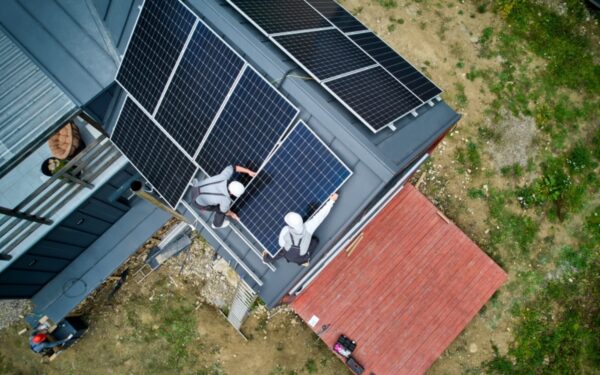Offshore wind has become almost everyone’s favourite energy source following the dramatic news that the price it requires to generate has been halved within just a couple of years.
For government, it is a relief to have a renewable source that is cost competitive. Those who cannot stand the sight of wind turbines are generally prepared to tolerate them offshore on an “out of sight…” basis.
Environmental organisations like Greenpeace and the World Wildlife Fund have linked arms with the renewable energy supply chain to mount a campaign: “Together, we’re calling on the Government to choose offshore wind”.
Actually, successive Governments have been pretty good at backing offshore wind. There was confidence that as technology advanced and turbines heightened, this renewable source combined the potential for both massive capacity and affordability.
Yet the recent consensus around offshore wind conceals the enigmatic role of the Royal Society for the Protection of Birds. Their name is notably absent from the list of celebrants. This may be due to the fact that, against the trend, they are currently spending their members’ money on opposing offshore wind all the way to the Supreme Court in London.
This seems strange. By every scientific account, there is no bigger victim of climate change or potential beneficiary of remedial action than birdlife. No specific project can claim to be entirely bird-friendly but in the great scheme of things, there is no doubt that green energy is good for the birds.
The RSPB’s has opposed every offshore wind proposal put forward in Scotland, including the Hywind floating windfarm off Peterhead which opened this week – a world first. It is also trying to stop the only other offshore wind project in Scotland which is in a position to proceed in the near future, with huge economic implications.
There is a bit of a myth about Scottish renewables capacity. In theory, the waters round Scotland may indeed be “the Saudi Arabia of renewables” as Alex Salmond claimed. However, the depth and hostility of these same waters means there are very few locations where anything can actually happen in the foreseeable future.
One such site is 20 miles off the Fife coast where the Neart na Gaoithe (Power of the Wind) project has won both planning consent from the Scottish Government and access to subsidy via Contract for Difference. Until the recent CfD round which included a project in the Moray Firth, this was the only offshore wind project in Scotland with both planning consent and CfD.
In the time it took the Scottish Government to consent Neart na Gaoithe, 45 offshore wind projects were approved in the rest of the UK. This alone confirms the constraints on Scotland’s ability to contribute to the offshore revolution. Yet it is this project that the RSPB has set its sight on in a way that appears disproportionate, pursuing an agenda that now has now more to do with status than with birds.
After consent was finally granted, with the endorsement of the Scottish Government’s statutory advisers on the environment, the RSPB went to the Scottish courts to claim that proper process had not been followed. That was finally thrown out on appeal in July in the Inner House of the Court of Session, the highest level of the Scottish legal system.
The RSPB now intend to take their “process” complaint to the Supreme Court in London in an attempt to by-pass the Scottish democratic system and the Scottish legal system. This leads to a feeling within Scotland that the RSPB has developed a sense of entitlement to act as adjudicators in all such issues, rather than as participants in a process which does not always endorse their views. Going to the Supreme Court in an effort to overturn seven years of deliberation over a single offshore windfarm confirms that impression.
My own support for renewables has always been based on the three “e”s – electricity, environment and employment. The third of these should not be ignored in Scotland more than anywhere else and this factor contributes to the perception of unreasonableness around the RSPB’s campaign. It has led to the formation of an NNG Coalition through which supply chain businesses, economic development agencies and trade unions are challenging the conduct of the RSPB.
They point to a study by the Fraser of Allander Institute at Strathclyde University which calculates that the project could bring 2000 jobs to Scotland during its four year construction period and more than #800 million into a Scottish economy that is not exactly booming.
It is unfortunate that the RSPB have created a situation in which they are effectively challenging through the courts the integrity of many people who are just as committed to environmental responsibility as they are. Perhaps it is time for RSPB members, if not its leaders, to join the rest of the environmental community in saying: “Together, we’re calling on the Government to choose offshore wind”.



